 Conversion disorder, factitious disorder, and malingering have one major characteristic in common: they represent conditions that are not ‘real’. However, ‘real’ is a vague word and it is important to understand the differences between these conditions. Properly diagnosing your patient with one of these psychiatric ailments will allow you to create appropriate plans of care for your patients.
Conversion disorder, factitious disorder, and malingering have one major characteristic in common: they represent conditions that are not ‘real’. However, ‘real’ is a vague word and it is important to understand the differences between these conditions. Properly diagnosing your patient with one of these psychiatric ailments will allow you to create appropriate plans of care for your patients.
1. Conversion Disorder: is a psychiatric condition that results in a neurological complaint or symptom, without any underlying neurological cause. Patient’s may experience seizures (i.e. ‘pseudoseizures’), weakness, non-responsiveness, numbness, and even vision loss. The symptoms are not intentional, the patient is not faking or intentionally creating his/her complaints, yet upon further investigation no biological explanation for the symptoms can be found. The symptoms, therefore, are ‘real’ to the patient but are not caused by any ‘real’ pathology. The current thought is that the symptoms are somehow caused by an overload of emotional stress in the body. The name “conversion disorder” comes from Sigmund Freud who stated that stress can cause a psychiatric ailment to ‘convert’ to a medical problem. Do not fall into the trap, however, of many students/doctors/nurses who say the patient is ‘faking’. While you may know that a patient complaining of sudden vision loss has a completely healthy eye without disease, the patient’s eye and brain are actually NOT processing any sight. Alternatively, a case that I have seen a number of times, a patient with syncope from conversion disorder whose labs, tests, vital signs, and clinical status are completely normal will actually NOT respond to painful stimuli (sternal rub, nail bed pressure, supraorbital pressure) during an episode. It is important to remember the unintentional nature of conversion disorder when discussing the condition with a patient. To them it is REAL, even if to you it seems fake.
Studying for the Psychiatry Rotation? Check out First Aid for the Psychiatry Clerkship
2. Factitious Disorder (a Somatoform Disorder): is a condition where patients intentionally fake disease, or intentionally cause disease in order to play the ‘patient role’. The main distinction between this and conversion disorder is the intentional nature of factitious disorder. Often referred to a Munchausen Syndrome, factitious disorder is characterized by patients frequently feigning illness to obtain attention, sympathy, or other emotional feedback. They achieve this goal through exaggerating symptoms, deliberately faking symptoms, or even intentionally creating real symptoms. Patients have been known to contaminate their own body fluids, even injecting themselves with dirt, bacteria, or fecal matter in order to create illness that will then lead to primary emotional gain. A related disorder is known as Munchausen by Proxy, which is characterized by a person intentionally faking or causing illness in another (usually a child) in order to obtain the same emotional feedback. Victims of Munchausen by Proxy are often children who return to the hospital time and time again with infections or other ‘ailments’ that are either fabricated or intentionally created by their caregiver.
3. Malingering: is the intentional faking or creating of illness in order to obtain secondary gain (e.g. workers compensation, disability payments, avoiding work or jail time, pain medication, etc.) Malingering is NOT a psychiatric illness; this is the first major distinction from the other two disorders. Malingering is an intentional abuse of the medical system to obtain personal benefit. The difference between malingering and factitious disorder is the goal of the patient; malingerers abuse the system to obtain secondary gain while patients with factitious disorder attempt only to obtain emotional, or primary gain. In simpler terms, the end goal of a malingerer usually involves monetary value, while the goals of patients with factitious disorder have no such value.
QUICK REVIEW:
- Conversion Disorder: Unintentional, due to emotional stressors, no ‘gain’ to the patient
- Factitious Disorder (Munchausen): Intentional, primary or ’emotional’ gain
- Malingering: Intentional, secondary and often monetary gain





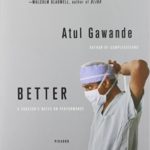

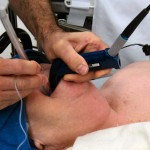
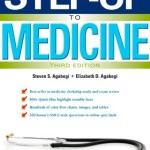
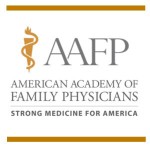
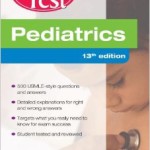
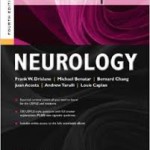

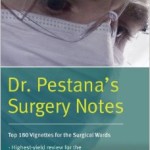
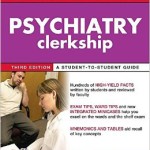

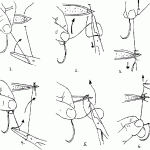

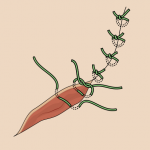
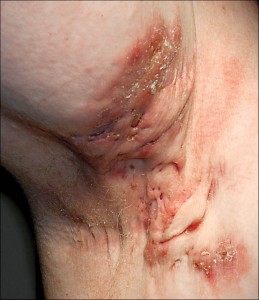
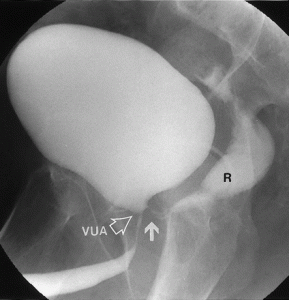


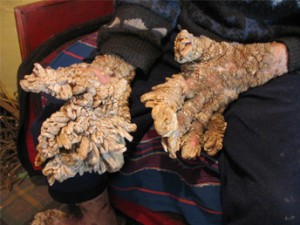

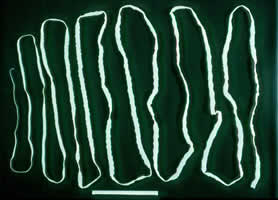

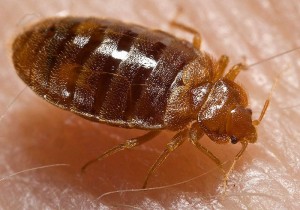
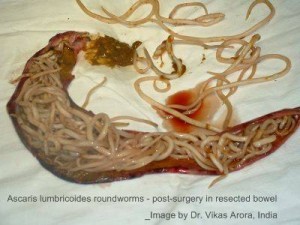
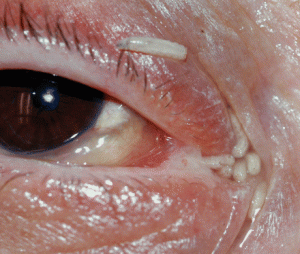

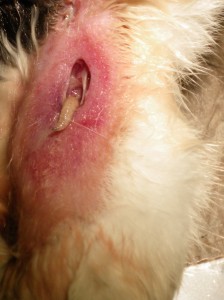



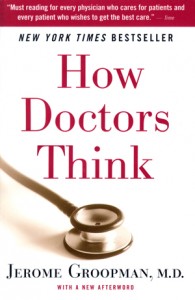
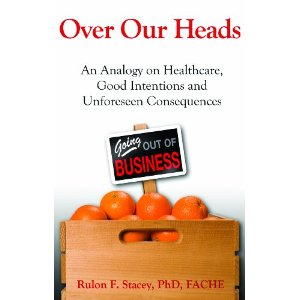
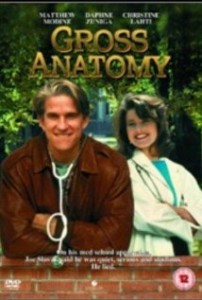

 My name is Andrew and I am a first year resident training to be an ophthalmologist. I created ShortWhiteCoats to provide medical students, residents, and the public with all the information I spent so many hours looking for during medical school.
My name is Andrew and I am a first year resident training to be an ophthalmologist. I created ShortWhiteCoats to provide medical students, residents, and the public with all the information I spent so many hours looking for during medical school.







